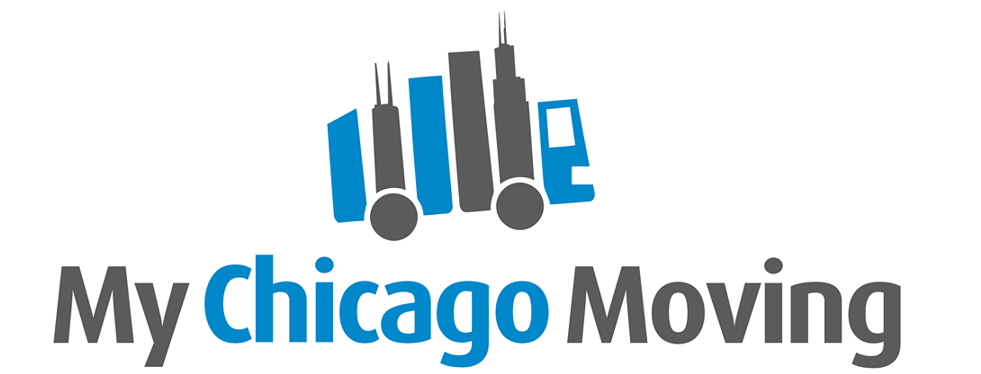May 22, 2018 by StacyUncategorized
Packing Different Types of Collectibles
When people talk about collectibles, they’re usually referring to a few different type of things: those things kept in their original boxes (often toys); fragile items like ceramics, pottery, and glass figurines; paper items like posters, stamps, documents, and books; and coins or currency.
So today, let’s take a look at some tips for how to pack each of these. And if you have collectibles that I haven’t touched on here, be sure to check out our general packing tips to make sure you cover all the basics!
How to Pack Boxed Collectibles: Vintage Toys and Dolls
As you know, collectibles in their original boxes are more valuable because, well, they’re still in their original boxes. Doing these things will help protect them in transit:
- Wrap each box individually in acid-free packing paper. Be careful to tape only to the paper because taping to the box could damage it.
- Next, wrap the box in bubble wrap, paying special attention to corners and edges.
- Prepare a larger box to pack them into. Place a layer of crushed paper at the bottom to pad the bottom of the box.
- Place the wrapped boxes into the larger box.
- Make sure there’s no wiggle room.Use crushed packing paper to fill any gaps within the box.
- Place a layer of crushed packing paper on top.This will help protect boxes from getting cut when opening the moving box at the destination.
- Mark the box “FRAGILE,”and avoid stacking heavy boxes on top of it in the moving trailer.
How to Pack Fragile Collectibles: Figurines, Pottery, Ceramics, and Glass
- Wrap each piece in bubble wrapor several sheets of packing paper. If you have smaller items, you may also want to consider using dish protector sleeves.
- As you wrap, take care not to tape to your collectibles, as it could damage the finish or paint.
- Prepare a box to pack them into. Place a layer of crushed paper at the bottom to pad the bottom of the box.
- Place the items in boxes. If they are heavier, use a small box(we recommend 40 pounds max in a box). Or if they are smaller, you could use a dish pack box (pictured in the image below).
- As you pack, keep items upright.Fragile items travel better standing upright than laying down.
- Place crumbled packing paper around each item to pad them.Give the box a gentle shake. If items shift, pad with more paper.
Mark boxes “FRAGILE.” Take care when loading not to place anything heavy on How to Pack Paper Collectibles: Stamps, Posters, and Documents
Most of the time, paper items are in some sort of album, frame, or book; if your items are loose, I recommend putting them into an album with acid-free pages to protect them. If they’re in albums, just wrap the albums in acid-free packing paper and place them in the moving box. To pack posters, roll them, place them in poster tubes, and pack them into boxes.
How to Pack Coins and Currency
We recommend keeping these types of high-value items with you during transit. It’s also important to check with your homeowner’s insurance company to determine whether the collection is covered while it’s in transit. I recently read a thread online about coin collectors moving their collections (often worth $25,000+) and being nervous about traveling with them. If that’s you, you may want to follow the suggestion mentioned in the thread – hire an armored transport carrier, like Brinks or Loomis, to move your coin collection for you.
As for packing your collection, whether you choose to transport it yourself or use another method, they will need to be wrapped in packing paper and boxed for transport. Boxes over 40 lbs. may be difficult to carry, so it’s wise to use smaller boxes to make them more manageable.
What If I Don’t Want to Move My Collection?
Though it’s sometimes hard to do, sometimes moving a collection just isn’t an option. As a matter-of-fact, we’ve explored alternative options for my Barbie® collection – specifically selling or donating it. Here are some ideas you may want to consider:
- Sell your collection.Local antique shops, eBay, online collectors, Amazon.com, and trade shows are great places to unload your items. Just be prepared: when selling an entire collection, you will get less money than if you part it out. So while it may take more time, you may want to sell pieces individually to maximize your earnings.
- Donate your collection.There a couple ways to go about this.
- First, if there a museum specializing in your collectible (like a toy museum for my Barbies®), they’ll often take donations of items that match their galleries.
- Second, some charitable groups will take these types of donations. If there’s a group who would use your collection (like a women’s shelter where you could donate quilts), or a group who could resell your collection for donation money, you may want to check into causes that have meaning for you.

